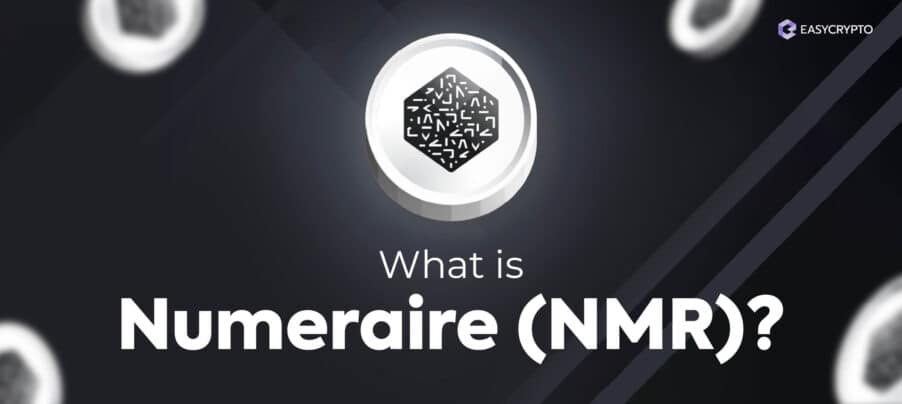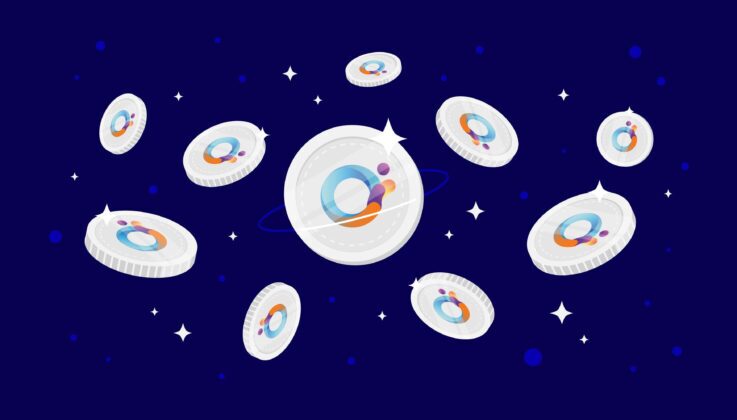What is Avalanche? How to Buy AVAX in ZA?
Take a closer look at the secure DeFi network that is Avalanche, how it works, and its impact on the industry.
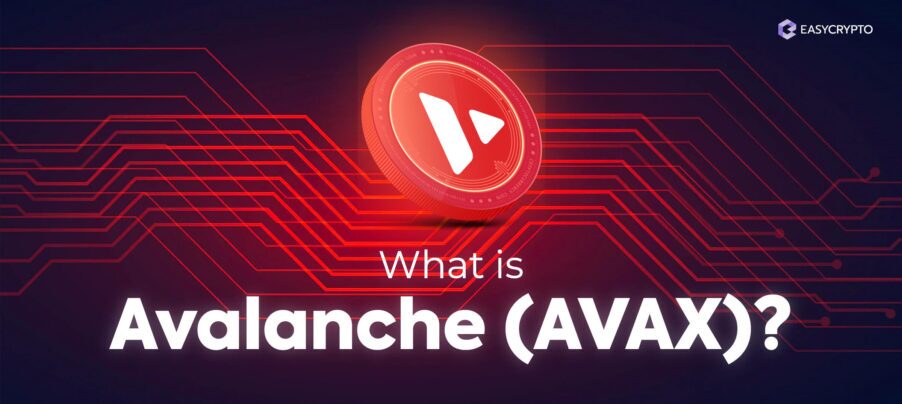

Technological development in the crypto space is astoundingly fast. Just when you thought you knew what the best blockchain-based technology was, a better one would come along — rolling in unexpectedly like an avalanche.
The Avalanche network promises to deliver what many blockchains have been missing in terms of decentralisation — to combat against massive network attacks.
While sharing many of the “third-generation” designs from existing blockchain networks, Avalanche also introduced its own unique flair. Avalanche might as well be a “fourth-generation” blockchain by today’s standards.
In this article, we’ll explain why that’s the case. We’ll take a top-level view first, and then try to explain the technology in plain English.
Key takeaways
- Avalanche is a global blockchain platform that facilitates the creation and hosting of decentralised applications (DApps), smart contracts, and other crypto projects.
- The native token AVAX is used on the platform fund the various services and processing fees, secure the Avalanche network, participate as a validator, and a store of value for users.
- Avalanche is able to finalize transactions much faster than Ethereum due to the highly efficient Avalanche Protocol that involves many small subsets of validators to confirm transactions independently and in parallel to reach consensus.
What is Avalanche?
Avalanche is a decentralised blockchain network of computers that form a global platform for hosting decentralised applications (DApps).
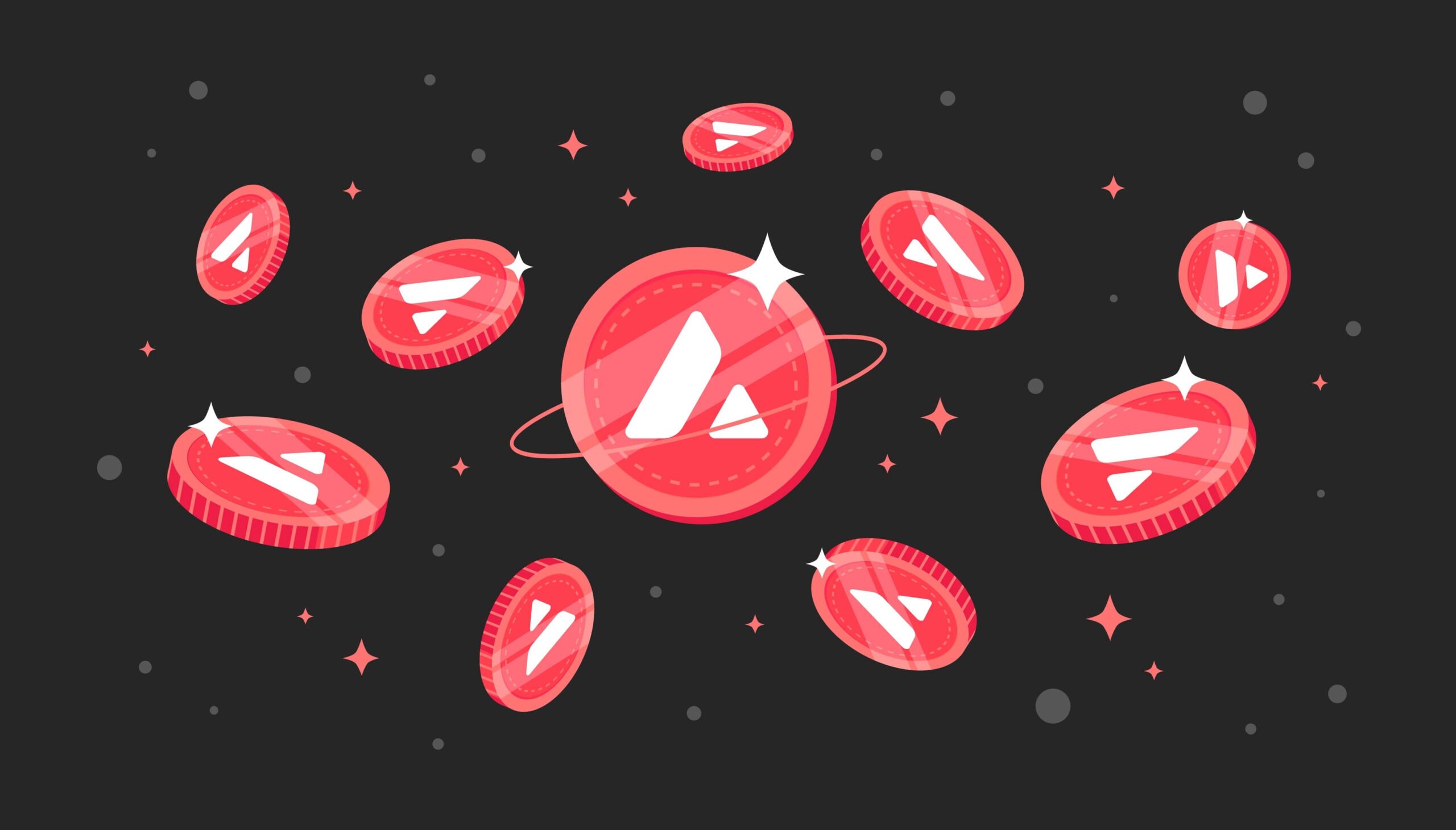
While Avalanche shares many similarities with popular blockchain networks such as Ethereum, there are a few key differences that make Avalanche technologically more superior.
For one, Avalanche can process over 4500 transactions per second with sub-second finality.
In contrast, the current version of Ethereum can only process around 30 transactions-per-second, with about a 2-minute finality. (Finality is the time it takes for transactions to become final and irreversible).
In terms of transaction speed, Avalanche could even exceed the upgraded version of Ethereum when it comes along in 2021-2022. It has already superceeded Cardano and Polkadot, even though both are already quite fast and scalable.
Speed and scalability are important factors to reduce transaction fees and lower the barrier of entry for DApp developers. However, network security should not be left out as an afterthought.
Fortunately, Avalanche runs on a novel protocol that strengthens its security, and because no other blockchain has implemented it before, the technology is named the Avalanche protocol.
Avalanche was created by Ava Labs, a company led by Cornell University computer science researcher Emin Gün Sirer.
Also read: Official Avalanche Whitepaper.
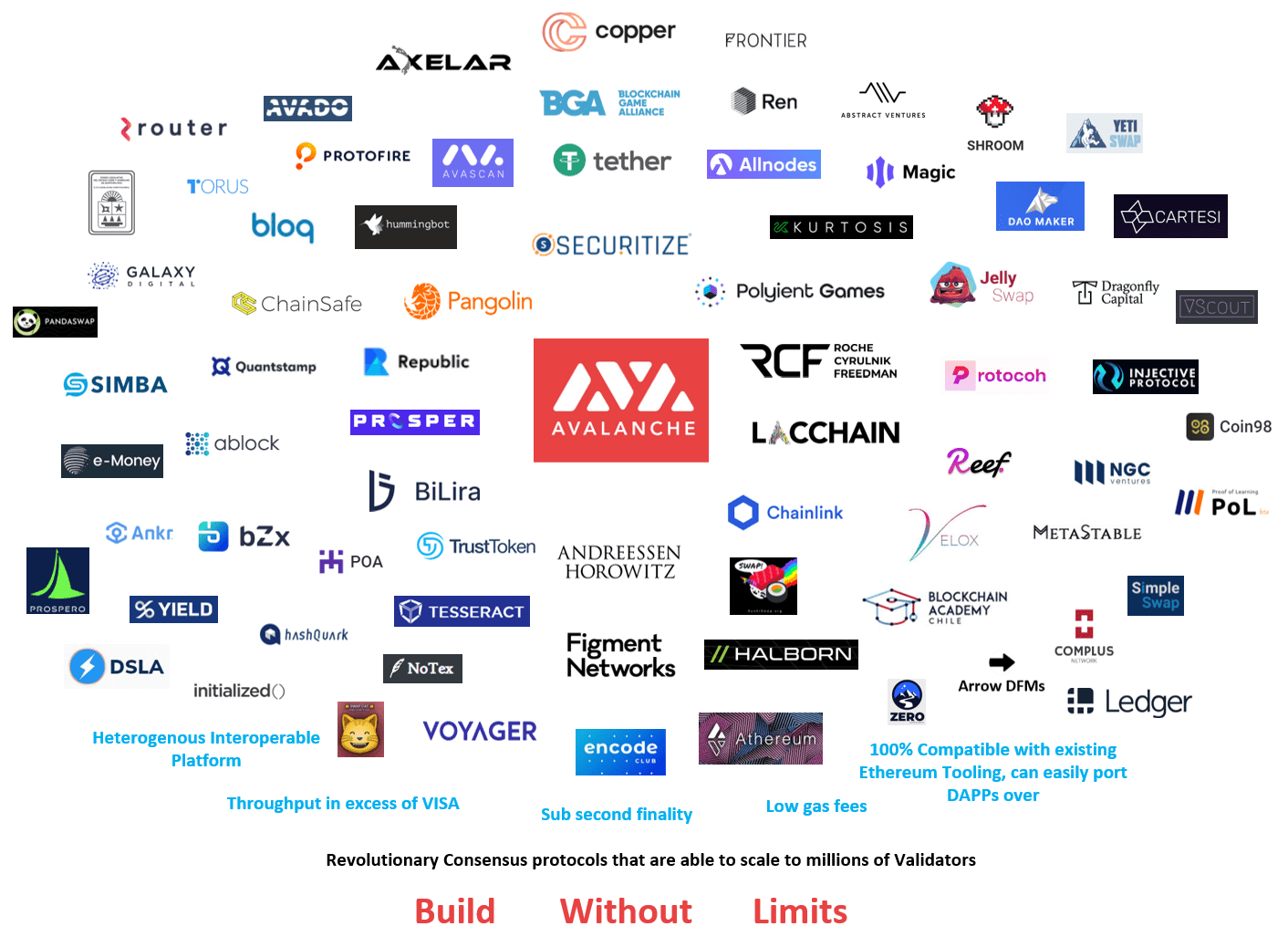
The main network was launched in September 2020, so it’s a relatively new player in the crypto space. However, the project has already made impressive progress within a single year.
Learn more: What are DApps? A Guide to Decentralised Applications.
What is an AVAX coin?
AVAX is the native cryptocurrency of the Avalanche network. It is used to pay for fees as well as to participate in decentralised governance, where AVAX holders can vote on proposed changes to the network in a democratic way.
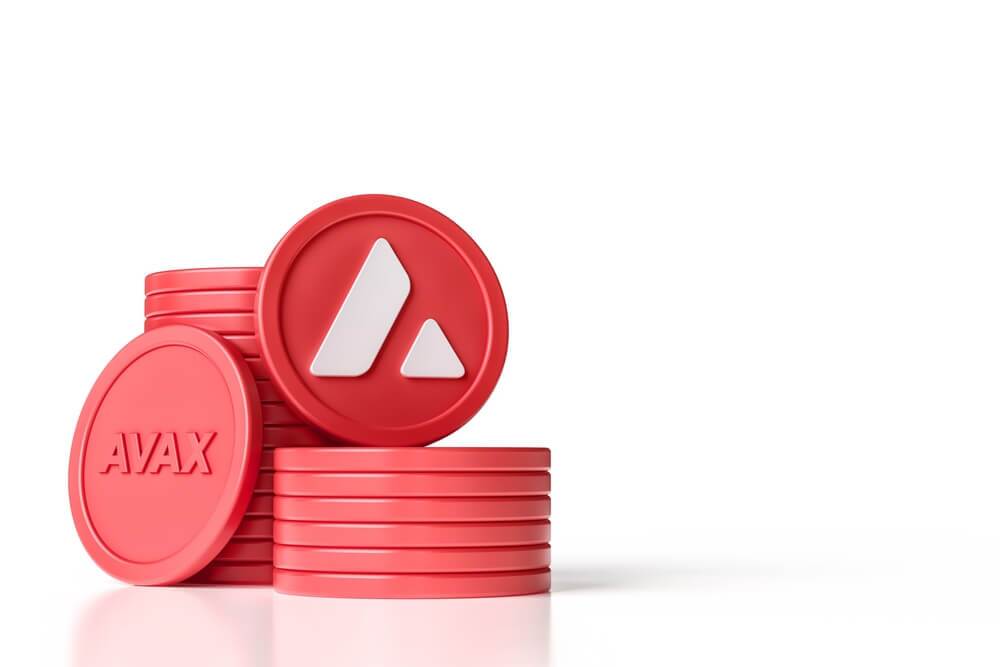
AVAX has a maximum supply of 720 million coins. 126.9 million AVAX has been pre sold to private and public investors in 2019. Interestingly, for the public sale of AVAX, investors were given three options — A1, A2, or B.
In option B, 12 million AVAX tokens were sold for 0.85 US cents, but in options A1 and A2, the coins could be purchased for 0.5 US cents, but the coins were subject to a scheduled release.
This means investors had to wait for at least one year before receiving all of their purchased AVAX coins.
As of September 2021, 391 million AVAX are in circulation. This is a combination of all the presold coins and block rewards earned by validators. Validators are special network participants that process and maintain data for the service of the network.
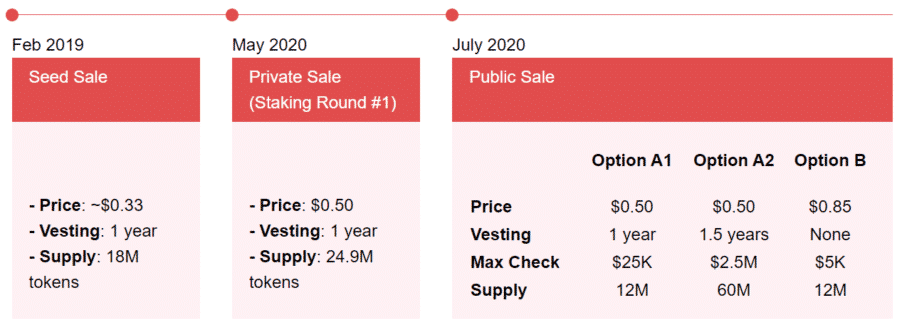
Although 720 million is the maximum number of AVAX coins in circulation, the network is unlikely to reach that number.
This is because a portion of AVAX used to pay for fees are burned (forever removed from circulation), reducing the possible total supply of the currency.
Related: What are ICOs? Initial Coin Offerings Explained.
How does Avalanche work?
Like all decentralised blockchain-powered networks, all the computers that run under the Avalanche Protocol must be able agree on the present condition of all the accounts in the network.
If I have 500 AVAX, and I transfer 100 AVAX to you, then I must have 400 AVAX left. All computers in the network across the globe must agree on the final balance of my account.
When all Avalanche validators agree on this transaction data, the network reaches consensus.
It’s the Avalanche protocol that allows network consensus to maintain the correct balances of all accounts, while also preventing corrupt validators from creating an invalid or contradictory transaction data.
A closer look at the Avalanche protocol
On many other networks, the network randomly picks a validator to become the next computer to write the official history of transactions on the blockchain.
This is what happens on networks which use the Proof of Stake protocol, such as Solana, Cardano, and most recently Ethereum post-Merge.
This randomly-picked validator becomes a “block leader”, and all other validators must comply with the decision made by this validator for a certain term. Because leaders are picked randomly, the network is safe from centralised control.
On Avalanche, there is no such block leader.
Each validator on the network validates all the transaction data it could find, independently and in parallel. It then randomly picks a set of validators from the network to “gossip” about. (This is an actual term used in computer science).
Also read: Avalanche Protocol Whitepaper.

In the gossiping phase, validators compare every transaction data that they have noted, to see if they collected the same information about each transaction data.
If there is a contradiction, the gossiping group of validators will agree on the information held by the majority.
The gossiping cycle continues until every validator knows about every transaction data, and has agreed to pick one of the contradicting pieces of information (if any). In this continuous cycle, consensus is constantly reached.
In order to participate as a validator, you still need to have staked the AVAX token to become a qualified node. Therefore, at its core, the Avalanche Protocol is a variation of the proof-of-stake protocol.
Learn more: What is Proof of Stake?
How secure is Avalanche?
Although lacking in block leaders, the Avalanche network is resistant to massive network attacks. A hacker must take control of 80% of validators at the same time in order to attack Avalanche.
For comparison, to hack Bitcoin’s network, you need to take control of 51% of its computational power. For most Proof of Stake blockchains, you need between 50% to 66% of the total coins in circulation to break the protocol.
This makes Avalanche incredibly more secure compared to any other blockchain networks in existence so far.
Is Avalanche an “Ethereum killer”?
The term “Ethereum killer” may sound extreme, but at the very least, there are many people who genuinely believe that Avalanche will easily take over Ethereum as the next “smart contract blockchain”.
The project easily earns this title because it fares quite well compared to two other projects that once held that unofficial title — Cosmos and Polkadot.
An Avalanche-enthusiastic writer from CryptoSeq posted an excellent summary of why Avalanche performs better than the two aforementioned blockchains.
Furthermore, Avalanche’s smart contracts (for programmable self-executing transactions) are written in Solidity, which is the programming language that is native to Ethereum. The environment to run Avalanche’s smart contracts, the virtual machine, is also identical to that on Ethereum.
This makes it easy for Ethereum developers to simply migrate their projects from Ethereum to Avalanche via a bridge.

From this, you can tell that Avalanche is one of the most technologically advanced blockchain networks in existence so far in 2021. It even earns the respect of Vitalik Buterin, the founder of Ethereum.
“I think it’s very fair to treat Avalanche and Bitcoin as having similar levels of legitimacy. Avalanche has genuinely interesting tech and hasn’t scammed anyone,” he said in a tweet in February 2020.
Vitalik Buterin
Avalanche has also attracted millions of dollars of seed funding from prominent investment firms, such as Andreessen Horowitz and Polychain Capital.
Within a few hours of the AVAX coin sale, the project raised $42 million on top of the $18 million given to Ava Labs by top investors.
How to Buy Avalanche (AVAX) in South Africa
With all that said, what are your thoughts on the AVAX token? Are you feeling confident on the AVAX token?
As prefaced above, AVAX is quickly becoming one of the most innovative projects in the DeFi space. This makes AVAX an ideal candidate for those wanting to diversify their crypto portfolio.

Invest in Avalanche: Buy AVAX with Easy Crypto.
Avalanche (AVAX) is just one of hundreds of cryptocurrencies that we offer here at Easy Crypto ZA. Our collection of supported crypto assets include:
- Stablecoins
- NFT Tokens
- Metaverse Tokens
- DEX (Decentralised Exchanges)
- DeFi (Decentralised Finance)
- And many more.
View the latest rates for AVAX: Check the rates.
Checkout our YouTube video guide on how to easily buy crypto with Easy Crypto!
For a detailed guide: Read our quick guide on how to buy crypto in South Africa.
Stay tuned for more crypto coin guides! In the meantime, explore our library of crypto coin fundamentals on our learning hub at Easy Crypto South Africa.
Share to
Stay curious and informed
Your info will be handled according to our Privacy Policy.
Make sure to follow our Twitter, Instagram, and YouTube channel to stay up-to-date with Easy Crypto!
Also, don’t forget to subscribe to our monthly newsletter to have the latest crypto insights, news, and updates delivered to our inbox.
Disclaimer: Information is current as at the date of publication. This is general information only and is not intended to be advice. Crypto is volatile, carries risk and the value can go up and down. Past performance is not an indicator of future returns. Please do your own research.
Last updated April 13, 2023




